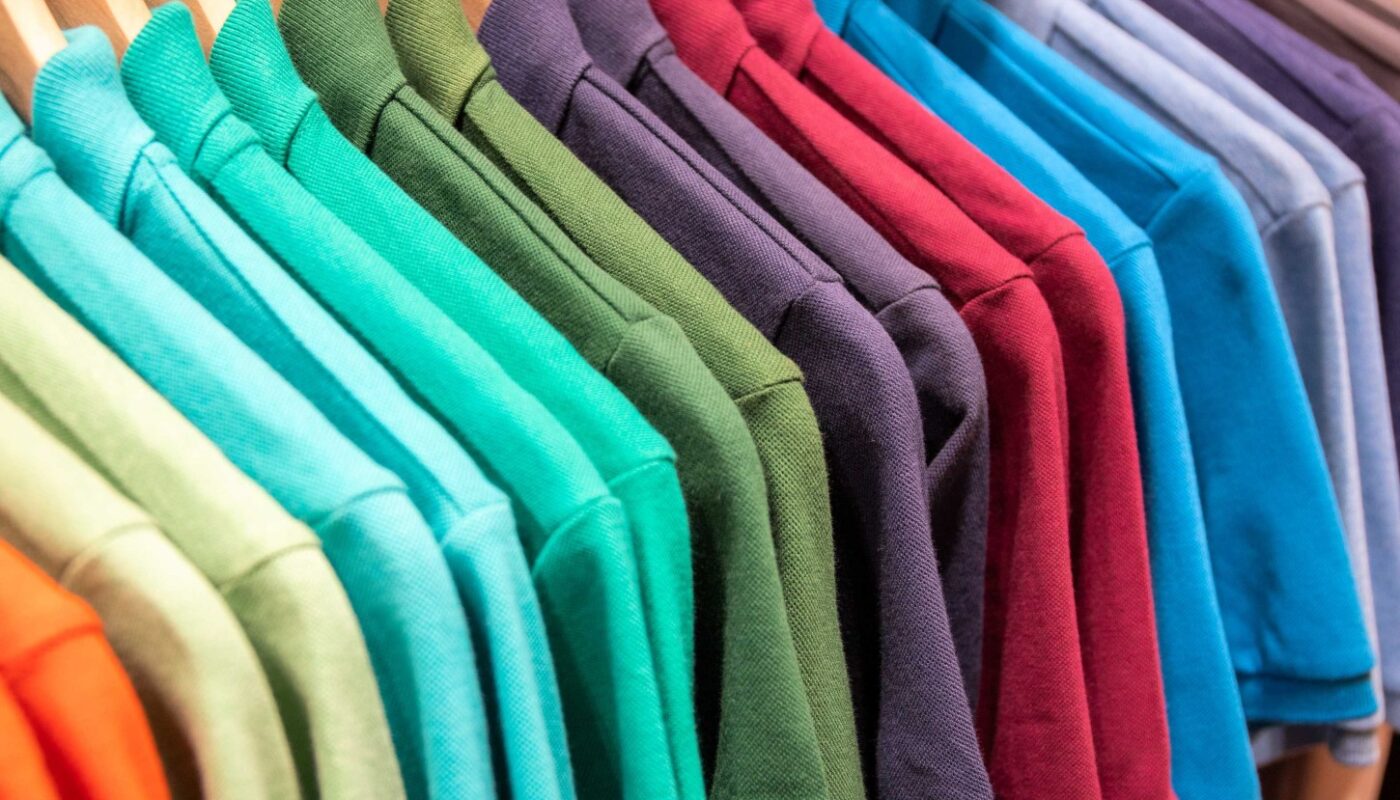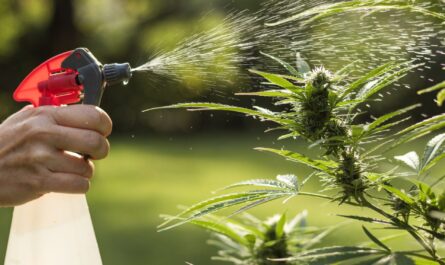The textile and apparel industry has long been an integral part of the global economy. From cotton farming to weaving, dyeing, designing and stitching, this industry employs millions of people worldwide and moves billions of dollars in trade each year.
The textile industry has its roots going back thousands of years to when humans first began cultivating cotton, flax and other crop fibers that could be spun into yarn. Initially it was done primarily at the household level to produce fabrics and clothing for personal use. Over time, techniques such as spinning, weaving and natural dyeing became refined. In the 18th century, the industrial revolution brought mechanization to spinning and weaving processes. Power looms in factories enabled mass production of fabrics for the first time. The cotton gin invention increased productivity of cotton processing. These were pivotal developments that allowed the textile industry to scale up and kickstart global trade in fabrics and clothing.
Growth Through Industrialization
In the 19th century, the textile industry grew rapidly with further mechanization and industrialization. New machines were invented that vastly increased the productivity of spinning and weaving operations. Steam power was introduced to run textile mills. This ushered in the first era of ‘textile towns’ appearing across Europe and North America. Output exploded and overseas trade expanded as demand grew. After WW2, the centers of global textile production shifted from Britain and Western Europe to newly industrializing economies such as Japan and later China, India, Bangladesh and Vietnam. Synthetics like polyester were also developed which diversified fabrics production.
Current Global Landscape
Today, the global textile and apparel industry employs over 60 million workers and generates over $3 trillion annually in economic output. China is by far the largest producer, accounting for over 30% of world textile trade. Other major hubs include India, European Union, United States, Bangladesh and Vietnam. Key fibers used in fabrics are cotton, polyester, nylon and acrylic. Raw materials, yarns, fabrics and final garments are traded globally in highly complex supply chains.
Fashion Industry Dynamics
While the basic textile and apparel process remains the same, the industry has evolved to cater to modern fashion trends and consumer demands. Design, branding and fast changing styles have become important. Many global brands outsource production through networks of factories while focusing on design, marketing and retail. Digital technologies now play key roles in design, sampling, supply chain management and sales. With growing online retail, e-commerce is increasingly important, especially post COVID-19.Sustainability has also become a priority issue as environmental costs of textile production are recognized.
Challenges and Opportunities
Rising Production Costs
Over the decades, production costs have steadily increased in many major textile producing nations due to higher wages and stricter environmental regulations. This has led to relocation of manufacturing to lower cost countries in Asia and Africa. However, even these locations have seen rising costs in recent times. Issues like trade barriers also impact supply chains and production locations. Finding affordable large scale manufacturing capacity remains an ongoing challenge.
Environmental Sustainability
Textile dyeing, treatment and manufacturing involve large amounts of water, chemicals and energy usage. Release of untreated wastewater has polluted rivers severely in some textile hubs. With growing consciousness, sustainability is a major focus area today. Adopting eco-friendly processes, recycling and reducing use of hazardous substances are priorities but require large investments in technology upgrades. Green certifications are helping drive this transition.
Climate Change Effects
Agricultural yields of cotton, jute and other natural fibers depend heavily on climate conditions. Global warming impacts weather patterns which threatens consistent raw material supplies in vulnerable geographies. More frequent extreme weather events disrupt operations too. Solutions involve adopting climate resilient farming practices and diversifying sources through global sourcing.
Automation and Technology
Adoption of advanced manufacturing technologies holds the key to maintaining competitiveness and reducing environmental footprint. Investments are being made in areas such as automated looms, digital printing, RFID based inventory tracking, AI aided design, 3D sample developments and robotics. This can boost productivity while reducing costs and manual labor over time.
Online Retailing Growth
E-commerce is a bright spot driving double digit apparel market expansion annually. Omnichannel strategies integrating online and offline retail are gaining favor. data analytics and AR/VR are augmenting the digital shopping experience. Social commerce through influencer marketing is also thriving. Catering to personalized shopping preferences on digital platforms offers huge market potential.
Advanced Fabric Innovations
Continuous R&D is yielding novel high performance fabrics infused with new properties. Nano-coatings enable water resistance, stain release and UV protection. Smart fabrics with embedded electronics and sensors are opening up interactive apparel possibilities. Phase change fabrics regulate temperature. Biodegradable and breathable fabrics crafted from natural sources gain traction. This diversity expands applications and enhances customer appeal.
Circular Economy Approaches
Recycling used fabrics into recycled fibers or reusing them through resale, upcycling or repurposing helps reduce textile waste burdening landfills. Cradle to cradle design considers fabrics’ after-use stages as priority. initiatives like brand take-back programs and community based collections are driving circular approaches. Tracking technologies enable transparency in recycling streams too. Such methods will define sustainability leadership going forward.
Plant-Based and Biodegradable Fibers
Fibers derived from agricultural crops like bamboo, pineapple, orange peels offer eco-friendly alternatives to petrochemical synthetics. Mycelium based leather substitutes are gaining ground. Fibers disintegrating harmlessly after use without polluting soil or water are the need of the hour. While scales of production are still limited, technological progress and policy push will make these more commercially viable with time.
Globalization and rapid technological changes present myriad short term challenges, the textile and apparel industry remains resilient with enormous potential scope for long term growth and job creation. By innovating fabrics, prioritizing sustainability and embracing Digitalization, companies attaining resource efficiency can stay competitive. With proactive reforms and investments, this industry can certainly build on its rich heritage to keep contributing significantly towards the global economy.
*Note:
1. Source: Coherent Market Insights, Public sources, Desk research
2. We have leveraged AI tools to mine information and compile it




